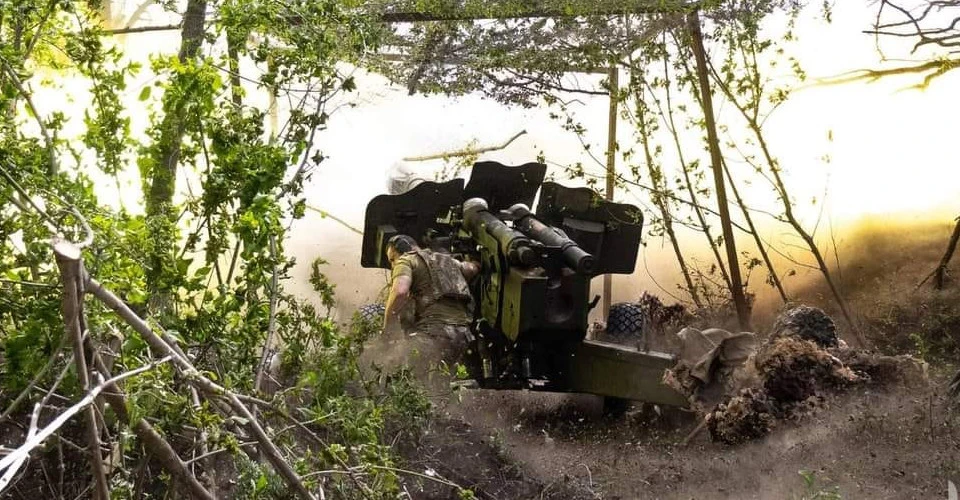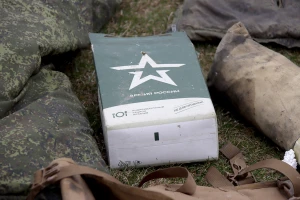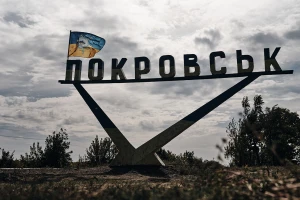
Putin faces operational stalemate as Ukrainian forces advance in Kursk region
As the situation grows more complicated in the Kursk region, the simultaneous completion of operation in Korenevo and the Glushkovsky district will place Putin in a precarious operational stalemate. There are signs that these issues could be resolved by the end of this week or early next week
Ukrainian military expert and the analyst of the Information Resistance group Oleksandr Kovalenko shared his views on his Telegram channel.
He said that while Russian federal-level propaganda focuses on the advance of Russian troops in the Toretsk-Pokrovsk direction and Putin's visit to Azerbaijan, local war correspondents and bloggers are sounding alarms about the crisis unfolding in the Kursk region — and rightly so.
"The once-convenient logistics route to the Belgorod region is now compromised due to Ukraine's fire control over key supply arteries. The Glushkovsky district is increasingly isolated, and efforts to use pontoon bridges as a workaround are proving ineffective, as these are more vulnerable and less efficient than fixed bridges. The Russian forces in Glushkovsky find themselves with limited time to retreat to the northern bank of the Seim River. Despite this, the Russian command is attempting to move logistics and reinforcements, further complicating the situation," Kovalenko pointed out.
The Ukrainian operation is opening a path to Rylsk, just 15 kilometers from key logistical hubs. Ukrainian forces could potentially cut off these hubs with fire control, without needing a full-scale city assault. Rylsk, divided by the Seim River with only two bridges, presents a significant vulnerability for the Russian forces.
"By September 6, one month after the beginning of the Kursk operation, it is anticipated that Ukrainian forces will control up to 2,000 square kilometers in the Kursk region, greatly expanding their operational area. Meanwhile, Russian forces may still be struggling to make significant progress in Pokrovsk," the expert added.
Putin faces a critical decision: continue focusing on Pokrovsk, which could lead to greater losses in Kursk, or shift his strategy. The expected bet on Pokrovsk could exacerbate Russian losses in Kursk, outweighing any minor gains since early 2024.
Ukraine's strategy for 2024, primarily defensive with selective counterattacks, aims to exhaust the enemy rather than hold territory.
Since August 6, the strategy has shifted: for every square kilometer of Ukrainian land captured, Ukrainian forces are advancing multiple kilometers into Russian territory. While the Russian army might manage to replenish the personnel losses, they are increasingly struggling with territorial losses.
- News













































